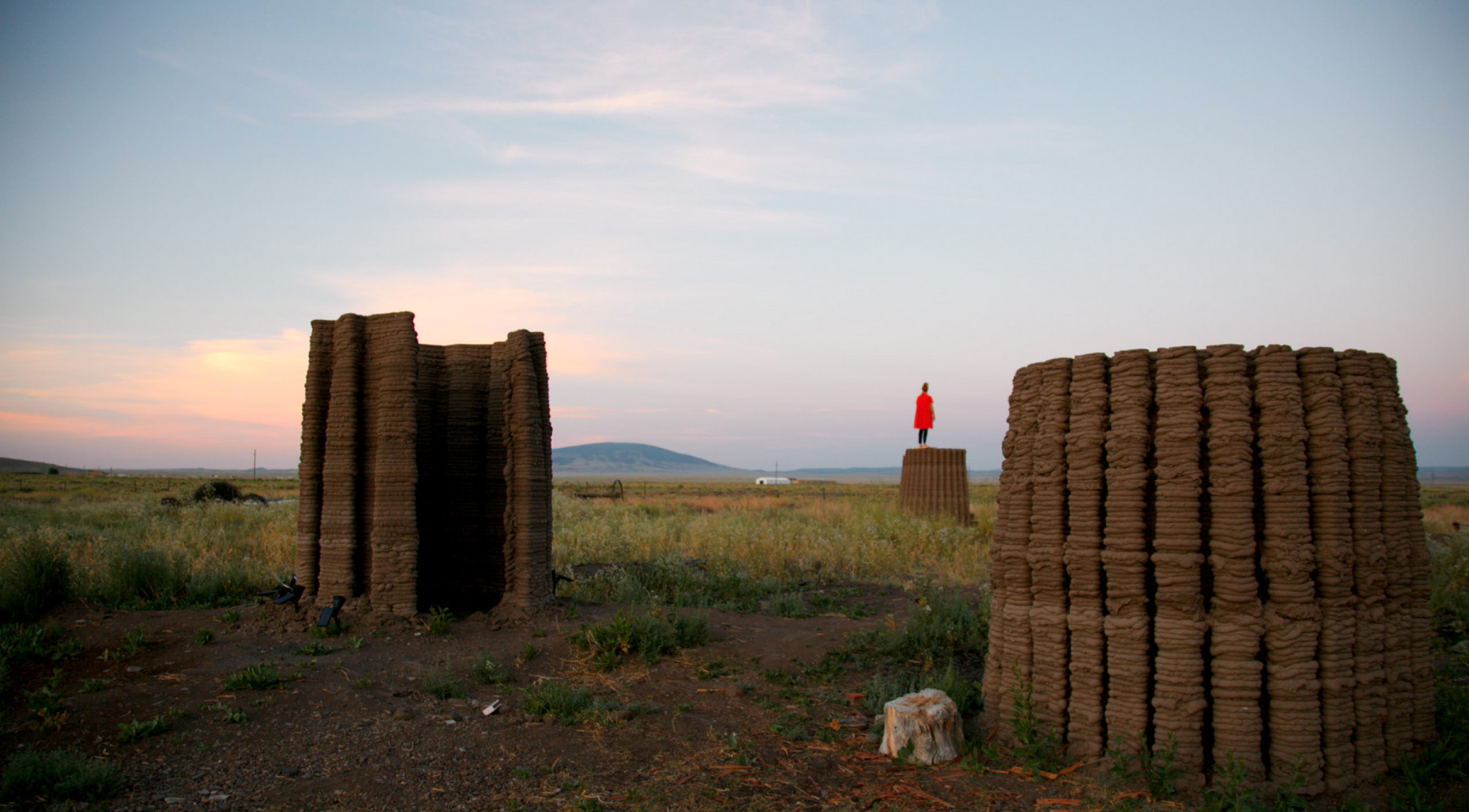
California is on fire. One of the primary reasons for the phenomena of seasonal fires in the state, particularly Northern California, is the excess of small-diameter timber present in forest ecologies. While wood harvesting companies in the United States focus primarily on timber that is greater than 10” in diameter, leaving behind large amounts of small trees, brush and a flammable ecology that has been made vulnerable to the consequences of climate change, particularly drought and global warming, lending to disastrous outcomes. California also has a long, history of earthen construction, buildings made of unfired clay-rich soil (adobe), and the use of fired ceramic materials for the roof, which has been overlooked in contemporary design. Each of these material resources, wood, and earth, have the capacity to be rethought through technologies contribute to a fire-resistant strategy for building-making, but also for improving our forest to reduce their susceptibility to forest fires while providing a resource to establish new models for technological development and application with the intent to establish Residential Urbanism through a Wildland-Urban Interface.
By harvesting small-diameter timber for the development of new wood technologies and using clay-based materials for fire-proof building component systems, there is the potential to reduce the risk and hazards of fire, to both forests and our build environment. This year-long studio will look at two ways of conceptualizing a response to forest fires in California that pertain to the key issues of Technology, Society and Ecology: Harvesting of small-diameter timber for the production of cross-laminated timber (CLT) and wood-based additive manufacturing applications and explores ways that contemporary technological building practices can arrive at new strategies for building; The exploration of California’s traditional earthen building practices (adobe and ceramics) coupled with additive manufacturing to produce fire-proof building materials and systems.
Forest Corporation, San Francisco, California 3D Potter, Stuart Florida Sagehen Creek Field Station, Truckee, Nevada UC Berkeley Fire Research Group Emerging Objects, Oakland, California